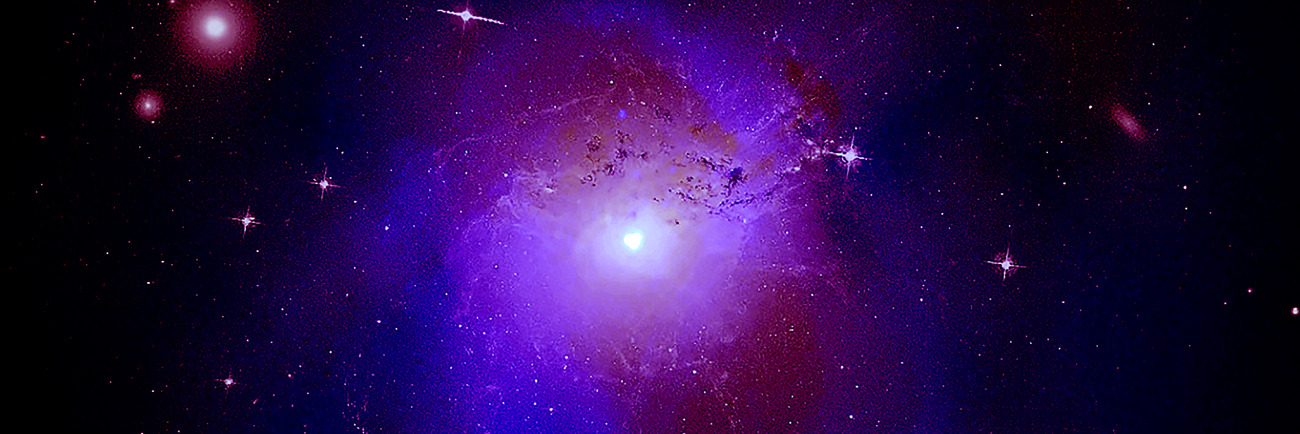Information of our Universe doesn’t have to be just a two-dimensional snap shot. We can transform these data to be able to listen, feel, or (virtually) move through cosmic objects. Listen to the debris from an exploded star, walk through the core of our Milky Way in virtual reality, feel vibrations of a stellar nursery, and experience our universe anew.
Find out how a NASA scientist and a science illustrator translate the subtle signals from the cosmos into forms that are perceivable to our human senses through sonification, visual art, verbal description and more. Join host Amy Amantea and special guests, Dr. Kimberly Arcand Visualization Scientist at NASA’a Chandra X-Ray Observatory and Melissa Weiss Walter, a mixed media artist and science illustrator for a fascinating conversation about art and science.
Dr. Arcand will discuss some of her latest projects in representing the high energy Universe with NASA data and Ms. Walter will describe some of her latest illustration based art and her fine artwork that try to make sense of our cosmos.
With thanks to Christine Malec and JJ Hunt (hosts of the Talk Description to Me podcast) for introducing us to Dr. Arcand and their collaborative work on Chandra Verbal Description Podcast.
The VocalEye virtual lobby opens at 6:30 pm Pacific Time for some socializing and community updates with host Amy Amantea. The pre-show introduction will begin at 6:45 pm with Amy and guests. The show begins at 7 pm with a running time of approximately 90 minutes, including conversation, Q and A and a prize draw.
If you’ve never attended a VocalEye Almost Live Zoom event before, you can register for each one separately, or sign up for all of them and get a link and reminder sent to you automatically for every event (you can unsubscribe at any time, of course).
Register here or call 604-364-5949
GUEST BIOS
Dr. Kimberly Arcand is a leading expert in astronomy visualization and has been a pioneer in 3D imaging, printing, and extended reality applications with astrophysics data. Kim began her career in molecular biology and public health before moving to NASA’s Chandra X-ray Observatory in 1998. She is an expert in studying the perception and comprehension of high-energy data visualization across the novice-expert spectrum, and is principal researcher in the Aesthetics and Astronomy image response research project with international participation. Her current projects include sonification of spatial data, screen-based holograms and other intersections of emerging technology and astrophysics. She has co-written seven non-fiction science books including her first two science-related children’s books that came out last year.
Melissa Walter is a San Diego abstract, mixed media artist. Her practice has been rooted in observation, research, and translation. Conceptually Walter often gravitates towards topics concerning astrophysics as a response to her experience as a science illustrator. Recently her work began evolving to also consider the study of neurology and forensic science while being visualized with visceral and intuitive gestures. After graduating with a BFA, cum laude from the University of Rhode Island in 1998, Walter found work as a science illustrator for NASA’s Chandra X-ray Observatory, the Harvard Smithsonian Center for Astrophysics, and other institutional science collaborators. She now pairs that experience of creating images to educate the public on the wonders of our Universe with creating art that uses those wonders as a jumping off point for a new visual language.
From Art to Astrophysics and Back Again, an article by Melissa Weiss Walter







